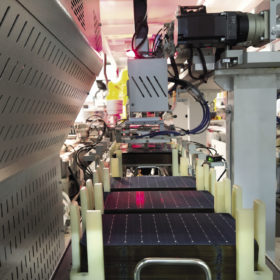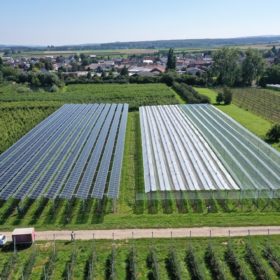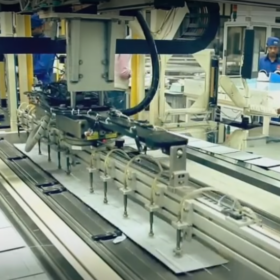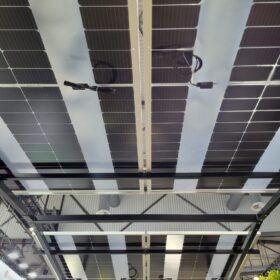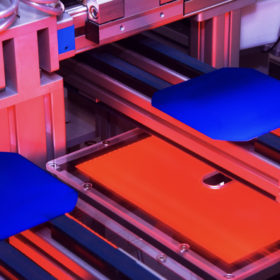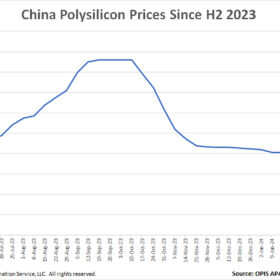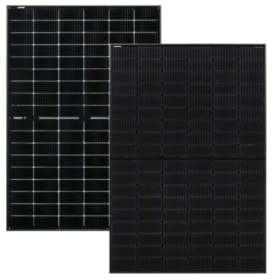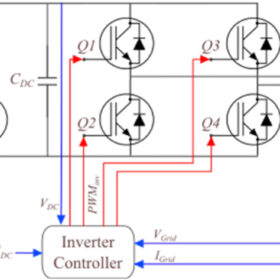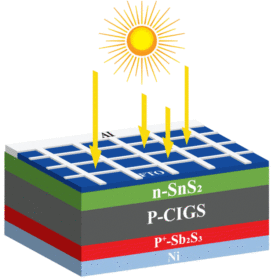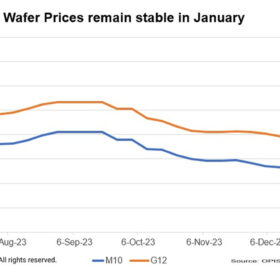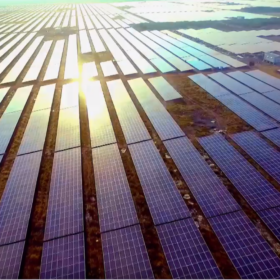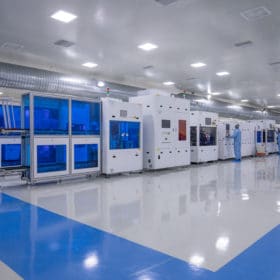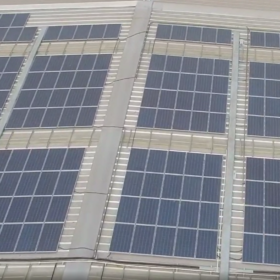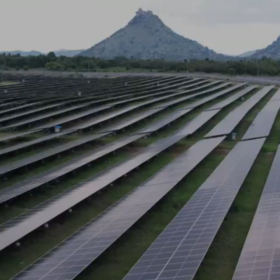ALMM mandate reimposed: What it means
The ALMM mandate reimposed from April 1, 2024 provides relief for solar developers with advanced progress in development and with expected commissioning post-March 31, 2024. It also allows exemption for open access-based and captive solar projects, enabling these projects to source modules from the most cost-competitive sources.
Research finds agrivoltaics have payback time of less than five years in Portugal
A group of researchers from the University of Lisboa and the Military Academy reported on the viability of agrivoltaics in Portugal. It found that spaced rows of PV modules combined with shadow-friendly crops had the most promising return and a payback period of less than five years.
Alpex Solar IPO records 303 times subscription
The solar manufacturer will utilize the net proceeds to expand its PV panel capacity from 450 MW to 1.2 GW and establish an aluminium frame manufacturing unit, besides meeting working capital expenses.
France’s Feedgy unveils semi-transparent HJT modules for agrivoltaics
Feedgy’s new modules feature 96 heterojunction (HJT) cells and are available in five power ratings, from 300 Wp to 320 Wp, with a transparency of 39%. The panels can be used for gardening, arboriculture and floriculture.
CubicPV halts plans for US solar silicon wafer factory
CubicPV has halted its plans to build a US solar silicon wafer factory, as it has shifted its focus to producing perovskite tandem modules.
China polysilicon prices gain for the first time in 2024
In a new weekly update for pv magazine, OPIS, a Dow Jones company, provides a quick look at the main price trends in the global PV industry.
Bauer Solar warns about counterfeit solar modules under its brand name
Several containers with fake glass-glass module are said to be in circulation in Europe. Germany’s Bauer Solar has taken legal action against the counterfeiters, who are suspected to be based in China. It said the fake panels can be identified by the packaging and a lack of wooden reinforcements for the pallets.
The impact of climate-based PV panel degradation rates on inverters
New research from Belgium shows the importance of assessing inverter reliability by including climate-based PV panel degradation rates. The scientists found that, especially in hot and arid climates, PV inverters should be designed with parameters above the standard value.
New CIGS solar cell design with antimony trisulfide promises 31.15% efficiency
The novel solar cell uses antimony trisulfide (Sb2S3) as the back surface field (BSF) layer. According to its creators, this layer can be included in conventional CIGS solar cells to improve their efficiency and reduce the absorber material’s cost.
Wafer prices stable ahead of Chinese New Year festivities
In a new weekly update for pv magazine, OPIS, a Dow Jones company, provides a quick look at the main price trends in the global PV industry.
